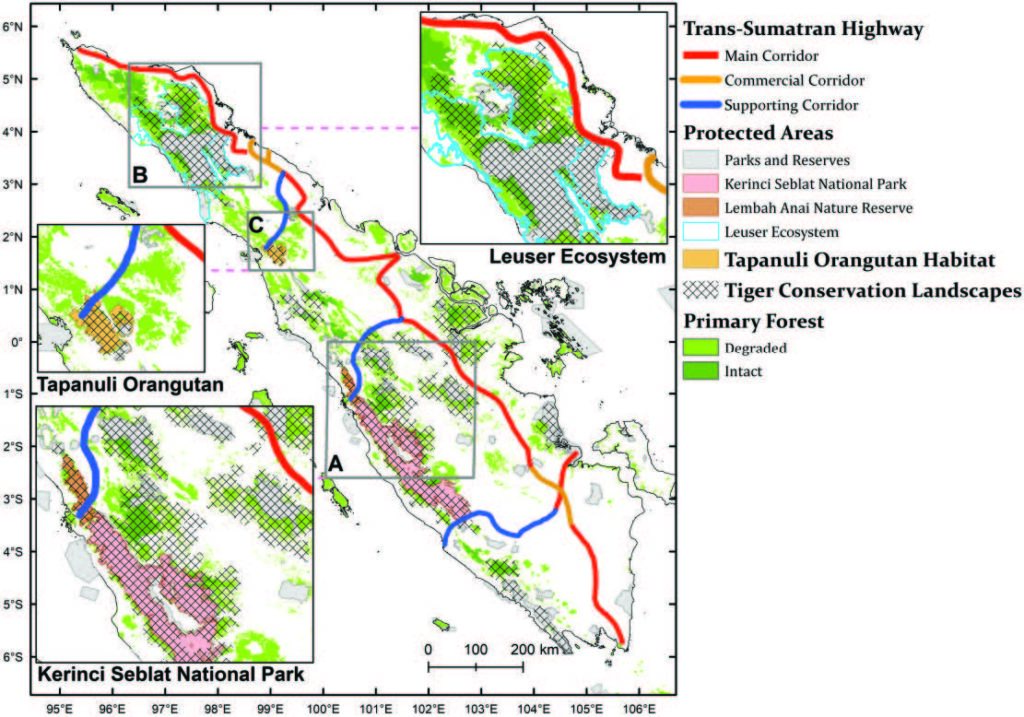
Abstract Road-infrastructure development in Southeast Asia is opening new resource frontiers but also consolidating earlier investments in agriculture and trade, as illustrated by the 2,700-km Trans-Sumatra Highway planned for Sumatra,...
Read More

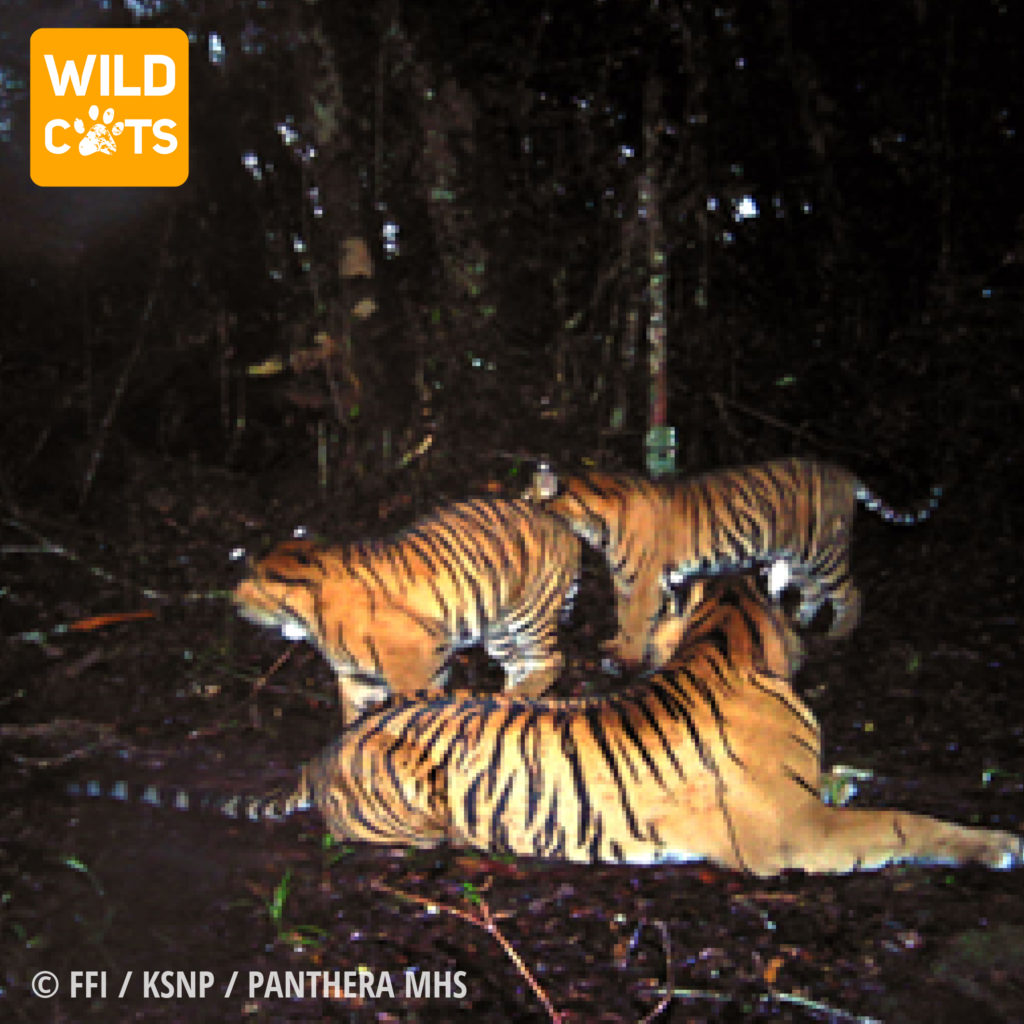

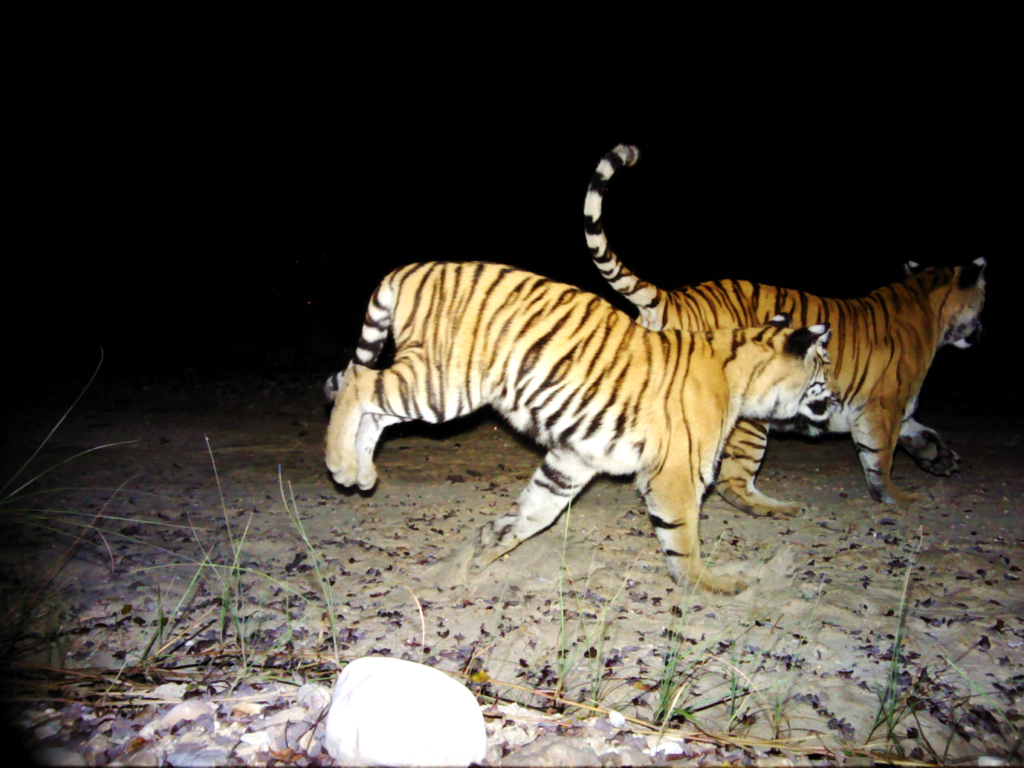
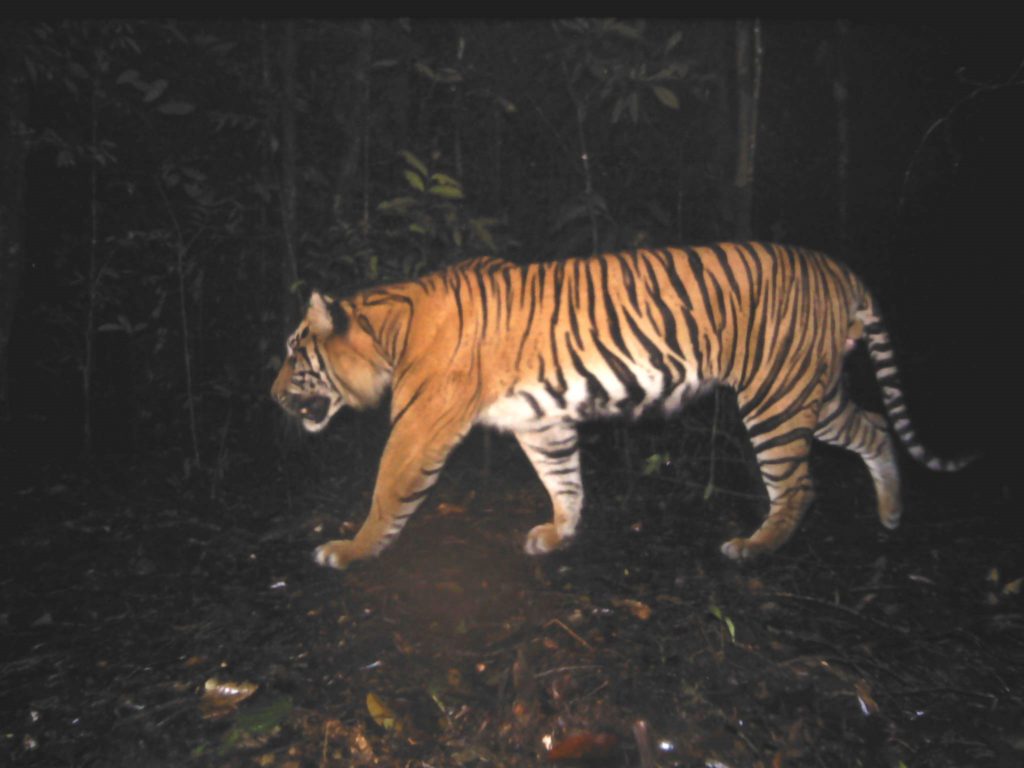
A new conservation paper has used Sumatran tiger genetics from poo to analyse how tiger populations across the island of Sumatra have been affected by high rates of habitat loss…
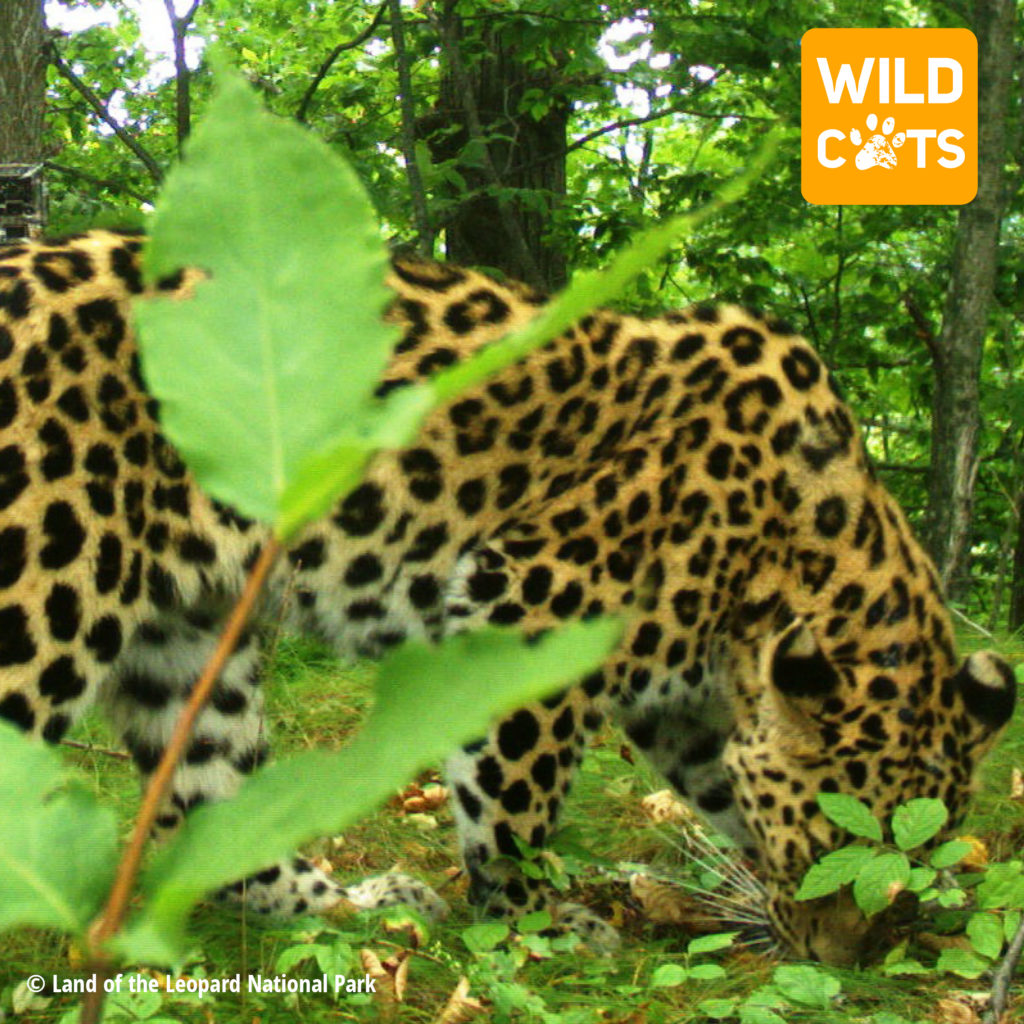
17 January 2018, Wildlife Conservation Society (WCS) released a paper, published in the Journal of Wildlife Diseases officially documenting the first case of Canine Distemper Virus (CDV) in a two-year-old,…